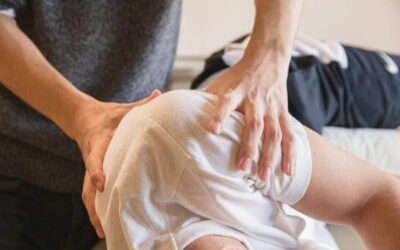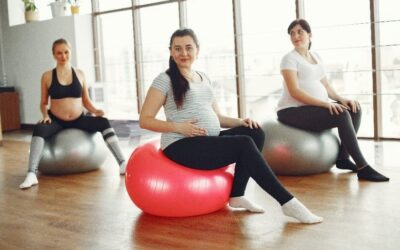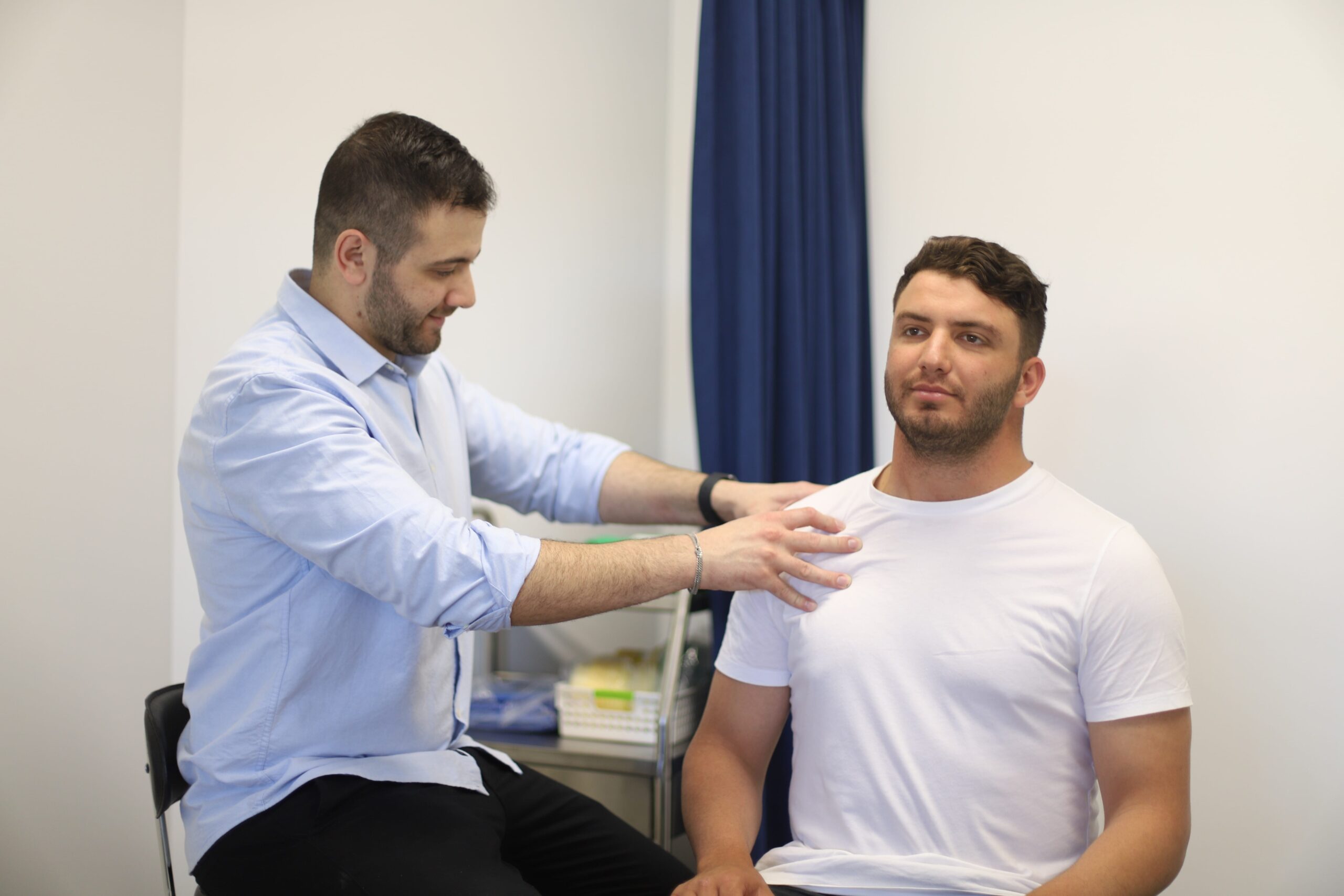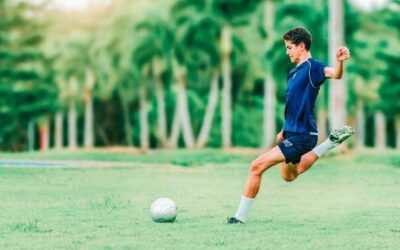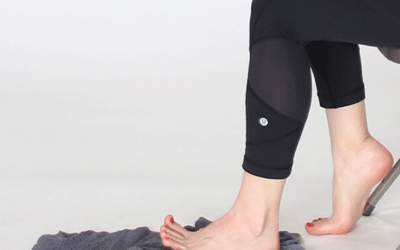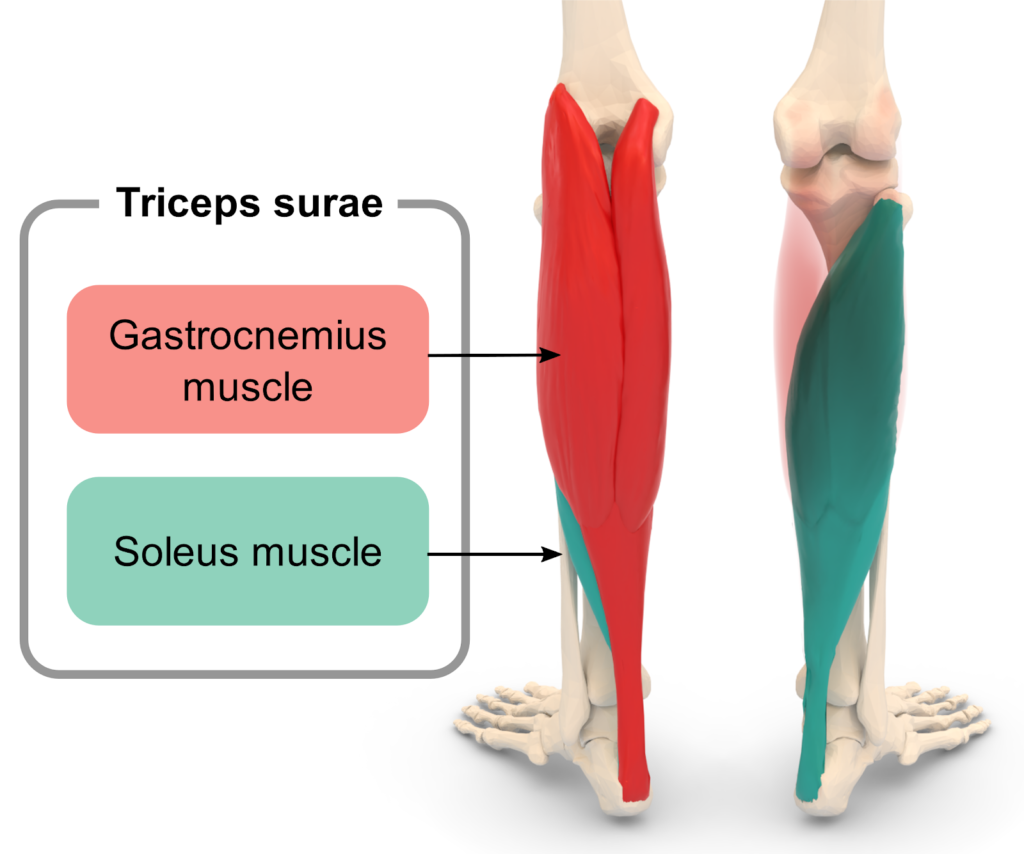
After the recent breakout of COVID -19 people are experiencing the joys of running more than ever. But as with any other exercise, good form and technique are vital for getting the most out of a workout.
Did you know that approximately 70% of recreational runners experience some sort of injury within the first 12 months of running? The most common injury spots are the knees, hips, lower back, and ankles. This is because of the pressure and weight being put on the lower limbs of the body.
An important muscle to mention is the often-overlooked Soleus muscle.
The soleus muscle is a flat and wide muscle that runs from below the back of the knee to the ankle.
The soleus is known to withstand up to 8 times your bodyweight during running, this means it bears most of the load during running. For a small and often forgotten muscle, it works very hard to increase force and take on the weight so that your other joints such as the hips and knee are not as exposed to a potential injury.
Strength training has been proven to show that it not only reduces the injury spots mentioned, but also increases running speed, endurance, and technique.
You can strengthen the soleus muscle by doing these simple exercises.
- Single leg calf raises – with one foot off the ground, squeeze your abdominals and belly button to the back of your spine and stand on your toes with the foot on the ground.
- Seated calf raises – sitting down on a chair with your feet flat on the ground, push through your toes and engage your calves. You can start by doing this with no weights. For further activation add weights to your lap.
- Ankle plantar flexor exercise – Standing up, slowly take one leg forward and point your toes as if you are reaching for something with your toes. Do this slowly and focus on your squeezing your core.
Whether you are an athlete or run for leisure, we can assess your running technique, your soleus muscle and other characteristics of body which allow you to enjoy the perks of running and reduce the probability of an injury.
Hamner, S. R., Seth, A., & Delp, S. L. (2010). Muscle contributions to propulsion and support during running. Journal of biomechanics, 43(14), 2709–2716. https://doi.org/10.1016/j.jbiomech.2010.06.025
Tsuji, K., Ishida, H., Oba, K., Ueki, T., & Fujihashi, Y. (2015). Activity of lower limb muscles during treadmill running at different velocities. Journal of physical therapy science, 27(2), 353–356. https://doi.org/10.1589/jpts.27.353
Seth O’Neill, Simon Barry, Paul Watson, Plantarflexor strength and endurance deficits associated with mid-portion Achilles tendinopathy: The role of soleus, Physical Therapy in Sport, Volume 37, 2019, Pages 69-76, ISSN 1466-853X, https://doi.org/10.1016/j.ptsp.2019.03.002.
Blagrove, R. C., Howatson, G., & Hayes, P. R. (2018). Effects of Strength Training on the Physiological Determinants of Middle- and Long-Distance Running Performance: A Systematic Review. Sports medicine (Auckland, N.Z.), 48(5), 1117–1149. https://doi.org/10.1007/s40279-017-0835-7
